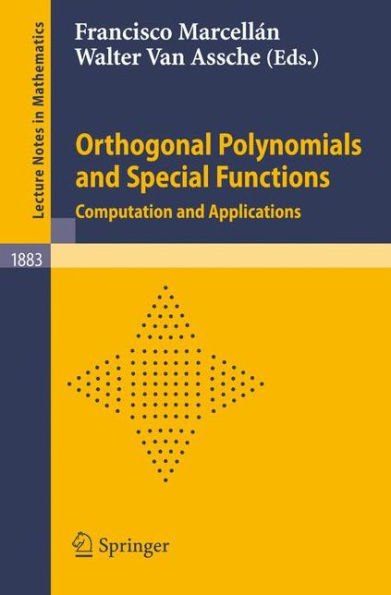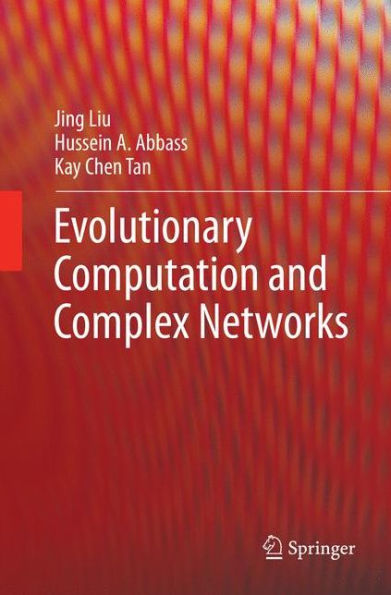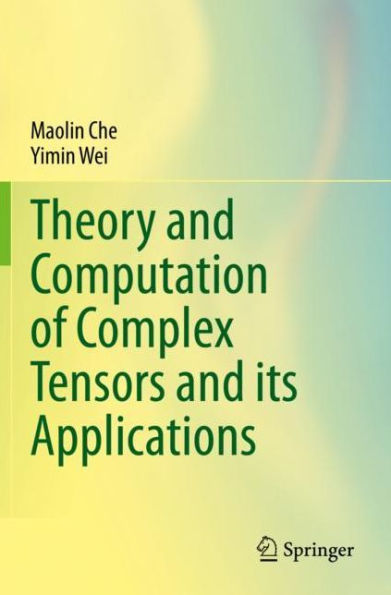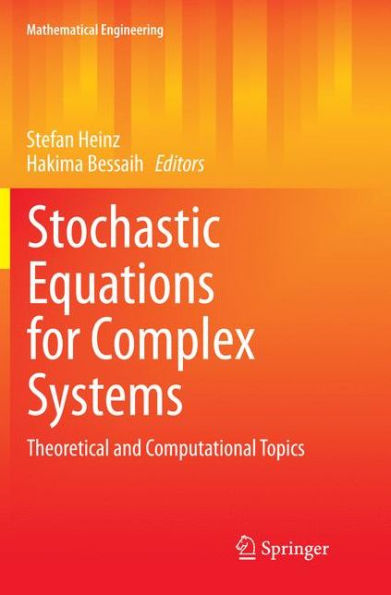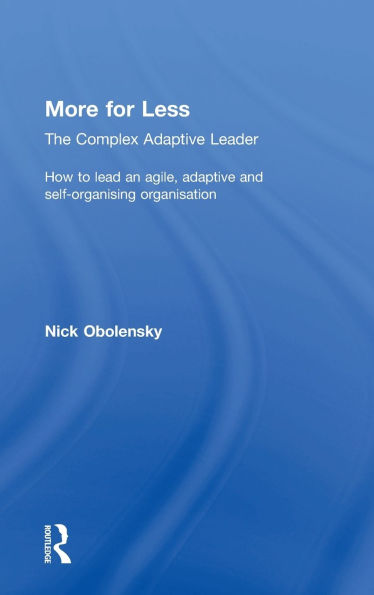Home
Adaptive Polynomial Tabulation: A Computationally Efficient Strategy for Complex Kinetics
Barnes and Noble
Adaptive Polynomial Tabulation: A Computationally Efficient Strategy for Complex Kinetics
Current price: $69.00
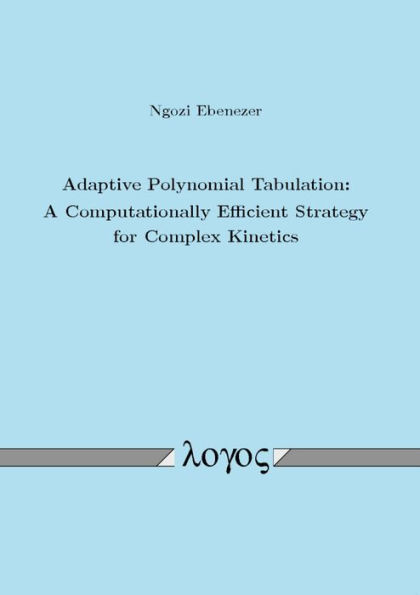

Barnes and Noble
Adaptive Polynomial Tabulation: A Computationally Efficient Strategy for Complex Kinetics
Current price: $69.00
Size: OS
Loading Inventory...
*Product information may vary - to confirm product availability, pricing, shipping and return information please contact Barnes and Noble
In this work a new method known as Adaptive Polynomial Tabulation (APT) is used to solve the initial value chemical rate equation system. In APT zeroeth, first and second order polynomials are used in real-time to approximate the solution of the initial value chemical rate equation system. To improve accuracy the chemical state space is partitioned into hypercubes. During calculations the hypercubes accessed by the reactive mixture are divided into adaptive hypercubes depending on the accuracy of the local solution. Mixture initial conditions are stored in the adaptive hypercubes. Around each stored initial condition two concentric ellipsoids of accuracy (EOA) are defined. These include the ISAT and identical EOAs. The time evolution of mixture initial conditions which encounter an identical and ISAT EOA are approximated by zeroth and first order polynomials respectively. With a certain number of stored initial conditions within an adaptive hypercube, its second order polynomial coefficients are constructed from the stored initial conditions. The time evolution of additional mixture initial conditions that encounter this adaptive hypercube are approximated with second order polynomials. In APT the entire set of species mass fraction is replaced by a progress variable. APT was tested with Stochastic Reactor Model (SRM) for HCCI engines using a n-heptane/toluene mechanism with 148 species and 1281 reactions. In the tests, computational gain factors exceeding 12 and 1000 were obtained for multi-cycle calculations with and without cyclic variations respectively. The cool flame, blue flame and main excitation events were accurately captured by APT in each case.



